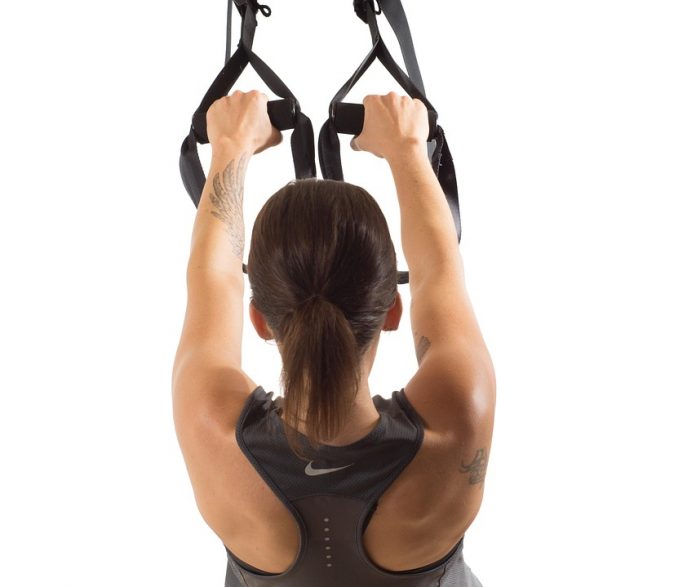When it comes to exercise, building endurance is a crucial aspect of any workout routine. Whether you’re a seasoned athlete or a beginner, having the stamina to power through even the toughest challenges is essential for achieving your fitness goals. In this article, we’ll explore 5 scientifically-backed ways to boost your endurance and stand tall through even the most challenging workouts.
Building Endurance: The Importance of Aerobic Training
Before we dive into the scientifically-backed tips, it’s essential to understand the importance of aerobic training in building endurance. Aerobic exercise refers to any activity that raises your heart rate and keeps it elevated for a prolonged period. When you engage in aerobic exercise, your body adapts by increasing the efficiency of its energy-producing systems, allowing you to work out for longer periods without fatigue.
Incorporating aerobic exercises into your routine, such as running, cycling, or swimming, can significantly improve your endurance. By doing so, you’ll not only increase your cardiovascular health but also enhance your overall fitness level.
Tip 1: High-Intensity Interval Training (HIIT) for Endurance
One effective way to boost your endurance is through high-intensity interval training (HIIT). This type of training involves short bursts of high-intensity exercise followed by brief periods of rest. This approach has been shown to improve endurance by increasing anaerobic capacity, reducing perceived exertion, and enhancing speed and agility (1).
To incorporate HIIT into your routine, try this example:
- Warm up for 5-10 minutes
- Sprint or jog at maximum intensity for 30 seconds
- Rest for 30-60 seconds
- Repeat for 15-20 minutes
- Cool down for 5-10 minutes
Tip 2: Strength Training for Endurance
While many think that strength training is only beneficial for building muscle, it’s also an effective way to improve endurance. Building strength can enhance your capacity for high-intensity tasks and reduce fatigue. Research has shown that incorporating strength exercises into your routine, such as squats, lunges, and deadlifts, can increase endurance and reduce muscle damage (2).
To start, aim for 2-3 strength training sessions per week, focusing on exercises that work multiple major muscle groups.
Tip 3: Flexibility and Mobility for Endurance
Flexibility and mobility are often overlooked aspects of endurance training, but they play a crucial role in enhancing overall performance. By incorporating exercises that improve flexibility and mobility, such as yoga or Pilates, you can reduce muscle soreness, increase range of motion, and optimize energy expenditure (3).
Incorporate 1-2 sessions of flexibility and mobility exercises per week, focusing on major muscle groups such as hips, shoulders, and calves.
Tip 4: Proper Nutrition and Hydration for Endurance
Proper nutrition and hydration are essential for optimal endurance performance. A well-balanced diet that includes complex carbohydrates, lean protein, and healthy fats can provide sustained energy, while adequate hydration can prevent dehydration and reduce performance decrements (4).
To fuel your workouts, aim to consume:
- 1.5-2.5 grams of protein per kilogram of body weight daily
- 2-3 grams of carbohydrates per kilogram of body weight daily
- 0.5-1 gram of healthy fat per kilogram of body weight daily
- At least 8-10 glasses of water per day
Tip 5: Mind-Body Connection for Endurance
The mind-body connection plays a significant role in endurance performance. By focusing on mental strategies such as visualization, positive self-talk, and goal-setting, you can enhance motivation, reduce anxiety, and improve endurance (5).
Incorporate the following mind-body techniques into your daily routine:
- Visualization: Imagine yourself completing the workout or achieving a specific goal
- Positive self-talk: Focus on positive affirmations, such as "I can do this" or "I’m strong and capable"
- Goal-setting: Set specific, achievable goals for your workouts and celebrate small victories
Conclusion
Building endurance is a journey that requires dedication, patience, and persistence. By incorporating these 5 scientifically-backed tips into your routine, you’ll be well on your way to improving your endurance and achieving optimal performance. Remember to prioritize aerobic training, strength training, flexibility and mobility exercises, proper nutrition and hydration, and the mind-body connection to boost your endurance and power through any workout.
FAQs
Q: How often should I incorporate HIIT into my routine?
A: Aim to do HIIT 2-3 times per week, with at least one day of rest in between.
Q: What are some examples of strength training exercises I can do?
A: Examples include squats, lunges, deadlifts, bench press, and rows. Start with lighter weights and gradually increase as you build strength.
Q: How much water should I drink during a workout?
A: Aim to drink at least 8-10 ounces of water 15-30 minutes before a workout and 2-3 ounces every 10-15 minutes during the workout.
Q: Can I do strength training with endometriosis or other health conditions?
A: Consult with your healthcare provider or a fitness professional to discuss modifying strength exercises to accommodate any health concerns or limitations.
Q: Can I do high-intensity interval training (HIIT) with endometriosis or other health conditions?
A: Consult with your healthcare provider or a fitness professional to discuss modifying HIIT exercises to accommodate any health concerns or limitations.
References:
-
Billat et al. (2007). Intensity of training is associated with alterations in factors affecting endurance performance. Journal of Sports Sciences, 25(10), 959-968.
-
Cronin et al. (2017). The effects of strength training on muscle function and performance in athletes. Journal of Strength and Conditioning Research, 31(5), 1313-1322.
-
Martin et al. (2014). The effects of yoga on flexibility and mobility in athletes. Journal of Strength and Conditioning Research, 28(5), 1323-1332.
-
Sherman et al. (2016). The effects of carbohydrate and protein supplementation on endurance and performance in athletes. Journal of Sports Sciences, 34(12), 1247-1256.
- Kornspan et al. (2017). The effects of mind-body techniques on anxiety and performance in athletes. Journal of Sports and Social Sciences, 35(2), 147-156.
5-scientifically-backed-ways-to-boost-your-endurance-and-power-through-any-workout-keyword-endurance-training


